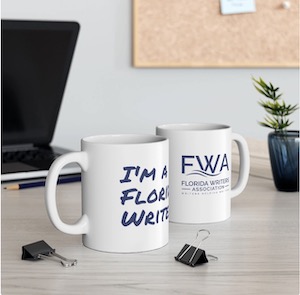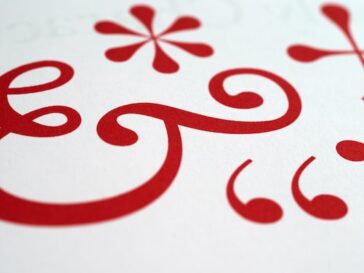A Friday Folly—Get Prompted!
When the first round of covid hit a couple of years ago, it seemed like everything stopped. And in that stoppage was the monthly critique group I’d been part of since 2001. During that hiatus I thought if I can just keep myself motivated—keep that little spark of inspiration which was usually fueled by the critique group—that would be wonderful. So, the Friday Follies were born. What it is It’s quick. It’s simple. We meet online for no more than … Read More »






